Listed buildings
Please note that this text is an extract from a reference work written in 1990. As a result, some of the content may not reflect recent research, changes and events.
c) Individual buildings have been protected in Brighton since October 1952 by being placed on the Department of the Environment’s ‘Statutory List of Buildings of Special Historic or Architectural Interest’, a process commonly known as ‘listing’. Such buildings may not be demolished nor materially altered without the consent of the borough council as planning authority, and only then after a thorough examination of the case; cases involving important buildings are referred to the Department.
Special grants for repairs are also available. Grade I-listed buildings are considered to be of outstanding interest and national importance while those listed grade II warrant every effort to preserve them; particularly important grade II buildings are listed grade II*. Churches are listed grade A, B or C, although they are being regraded as for other buildings. Most buildings built before 1840 and those of 1840-1914 of definite quality are listed, while selected buildings of 1914-39 are now being designated as well; outstanding post-war buildings more than thirty years old may also be listed.
Grade I-listed buildings in Brighton are the Royal Pavilion, Dome and Corn Exchange; the original Kemp Town estate; Stanmer House; and the West Pier; St Bartholomew’s is a grade A church. The newest building to be listed is Saltdean Lido which dates from 1937. In 1990 there are around 1,900 listed buildings in the borough including houses, hotels, public houses, churches, schools, barns, windmills, walls, lamp-posts, archways, stables, well-houses, statues, fountains, war memorials, a former fire station, a block of flats, a railway station, a railway viaduct, telephone kiosks and a pillar box.
All listed buildings are referred to in the text and, unless otherwise stated, are grade II or, in the case of churches, grade B. A number of other buildings not considered sufficiently important for statutory protection by the Department are included on the council’s own local list of buildings of special interest and are subject to similar planning considerations on a voluntary basis by the borough council.
Any numerical cross-references in the text above refer to resources in the Sources and Bibliography section of the Encyclopaedia of Brighton by Tim Carder.
The following resource(s) is quoted as a general source for the information above:
{44,70a,277,306}
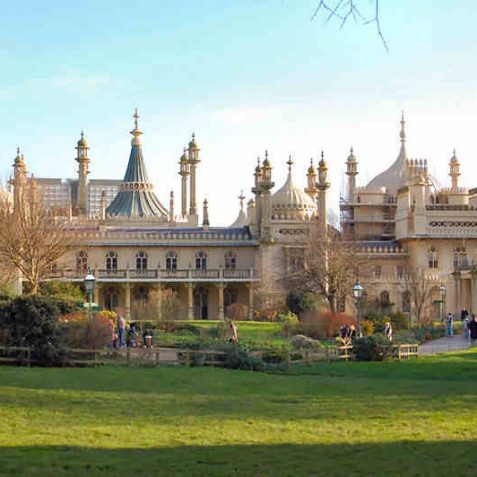
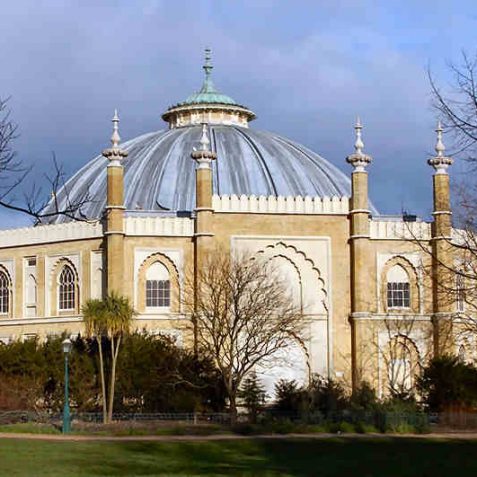
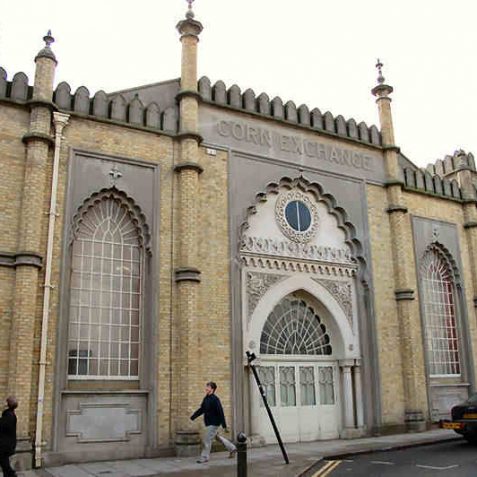
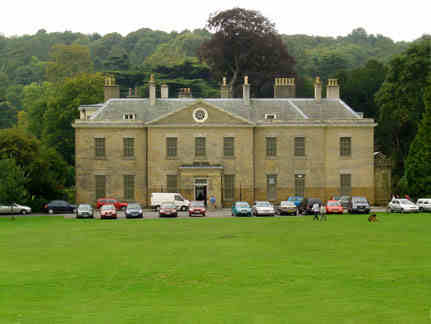
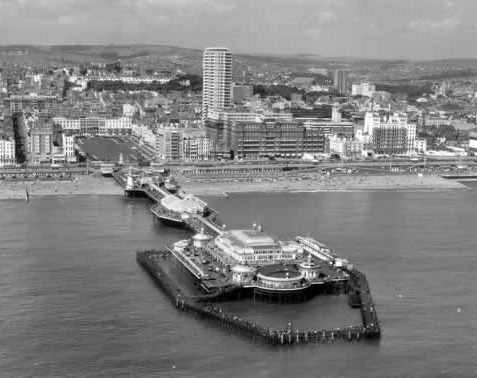

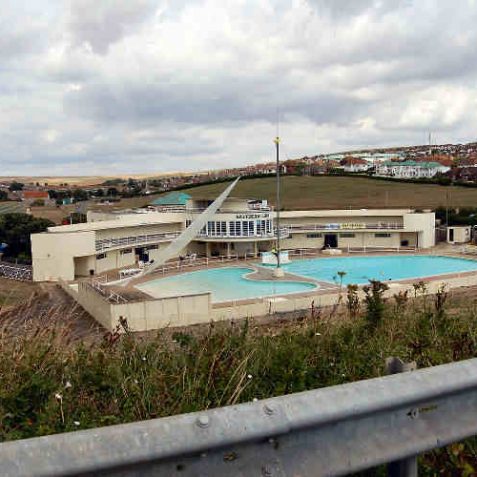




Comments about this page
Why isn’t the church of St Michael and All Angels included in the grade I listings on this page?
Add a comment about this page